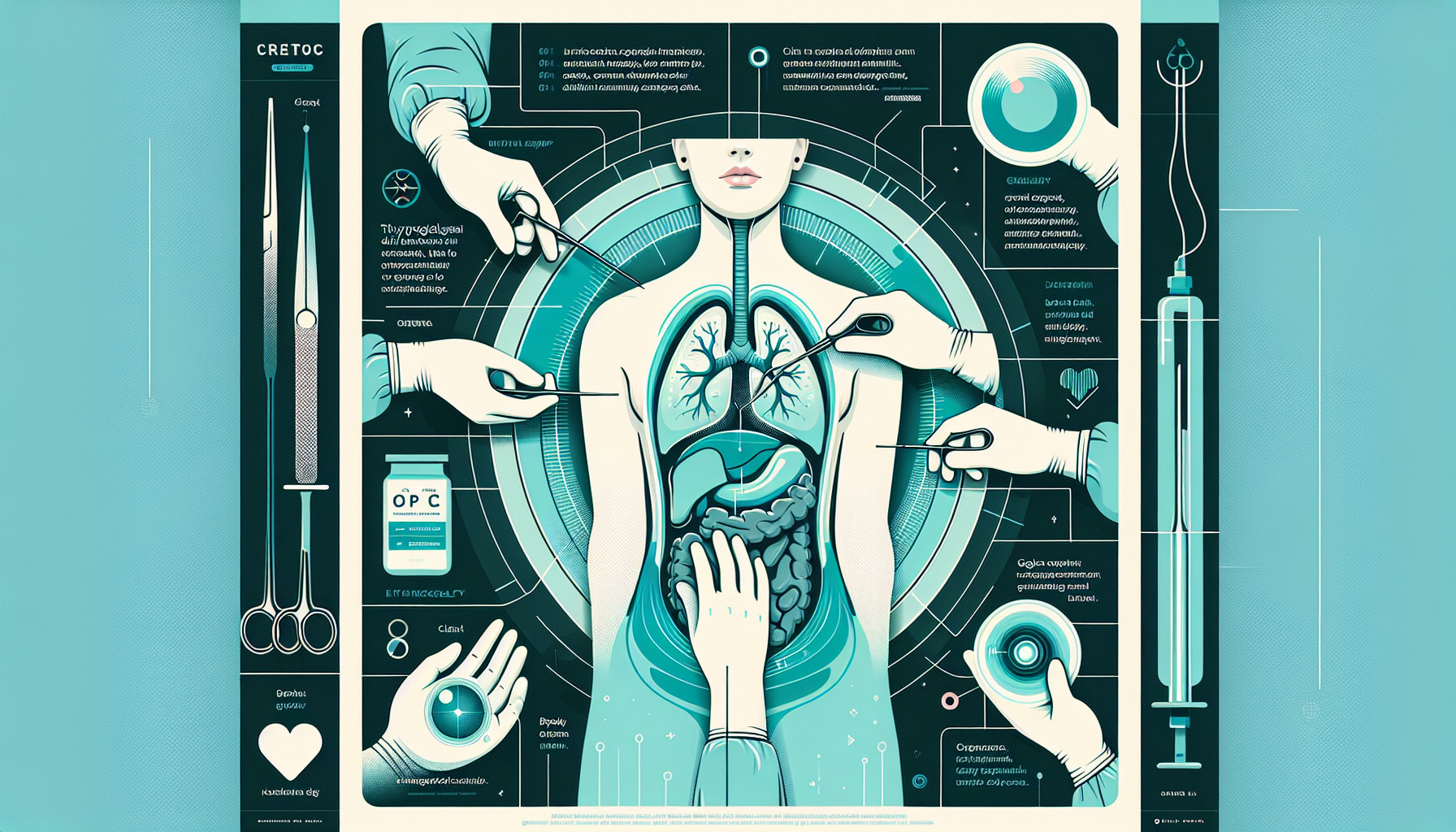Our Summary
This research paper discusses a rare case where a three-year-old child experienced a severe respiratory complication after a surgical operation called the Sistrunk procedure. This procedure was performed to remove a type of cyst in the neck. During the surgery, an accidental injury to the thyroid cartilage, a part of the airway, occurred. This accidental injury was repaired during the operation. However, after the surgery, the child developed a condition where air got trapped under the skin of his neck and face. This was followed by another condition where air accumulated in the space between the lungs, and also in both sides of the chest cavity outside the lungs. This led to serious breathing problems. To manage these complications, the child had to be put on a ventilator for three days, and tubes were inserted into his chest to remove the trapped air. The paper suggests that even after an accidental injury during the Sistrunk procedure is fixed, the patient might need ventilation support after the surgery to prevent serious breathing difficulties.
FAQs
- What is a thyroglossal duct cyst and why might it need to be removed?
- What are the possible complications during and after the Sistrunk operation for thyroglossal duct cyst removal?
- How are serious respiratory complications, such as pneumomediastinum and pneumothorax, managed after a Sistrunk operation?
Doctor’s Tip
A helpful tip a doctor might tell a patient about thyroglossal duct cyst removal is to follow post-operative care instructions carefully, including avoiding strenuous activities that could put strain on the neck area. It is also important to report any unusual symptoms such as difficulty breathing, swelling, or pain to your healthcare provider immediately. In rare cases, complications such as iatrogenic airway injury can occur, so it is important to be vigilant and seek prompt medical attention if needed.
Suitable For
Patients who are typically recommended thyroglossal duct cyst removal are those who have symptomatic cysts that are causing difficulty with breathing, swallowing, or speaking. These patients may also have recurrent infections or abscesses in the cyst. Thyroglossal duct cyst removal is often recommended for pediatric patients, as they are more prone to developing complications from the cyst. In some cases, adults may also undergo this procedure if the cyst is causing significant symptoms.
Timeline
Before thyroglossal duct cyst removal:
- Patient is diagnosed with a thyroglossal duct cyst through physical examination and imaging studies.
- Patient undergoes preoperative evaluation and clearance for surgery.
- Preoperative instructions are given to the patient regarding fasting and medication management.
- Patient is admitted to the hospital on the day of surgery and prepared for the procedure under general anesthesia.
After thyroglossal duct cyst removal:
- Patient undergoes the Sistrunk operation, which involves removal of the cyst and part of the hyoid bone.
- An iatrogenic thyroid cartilage injury occurs during the surgery and is repaired primarily.
- Patient is transferred to the post-anesthesia care unit for recovery and monitoring.
- Patient develops subcutaneous emphysema in the neck and face, followed by pneumomediastinum and bilateral pneumothoraces.
- Patient is managed with bilateral chest drains and endotracheal intubation, requiring mechanical ventilation for three days.
- Patient is closely monitored for respiratory complications and undergoes further treatment as needed to ensure recovery.
Overall, the timeline includes preoperative evaluation, surgery, postoperative recovery, and management of complications that may arise during and after thyroglossal duct cyst removal.
What to Ask Your Doctor
Some questions a patient should ask their doctor about thyroglossal duct cyst removal may include:
- What are the potential risks and complications associated with the surgery?
- How experienced are you in performing this procedure?
- What is the expected recovery time and post-operative care plan?
- What type of anesthesia will be used during the surgery?
- Will there be a need for a hospital stay after the surgery?
- What are the chances of the cyst reoccurring after removal?
- How long will it take to see the full results of the surgery?
- Are there any specific restrictions or limitations I should follow during the recovery period?
- What should I do if I experience any unusual symptoms or complications after the surgery?
- Are there any alternative treatment options available for my condition?
Reference
Authors: Dhakal Y, Subedi A. Journal: Anaesth Intensive Care. 2021 May;49(3):222-226. doi: 10.1177/0310057X21996375. Epub 2021 May 2. PMID: 33934617
